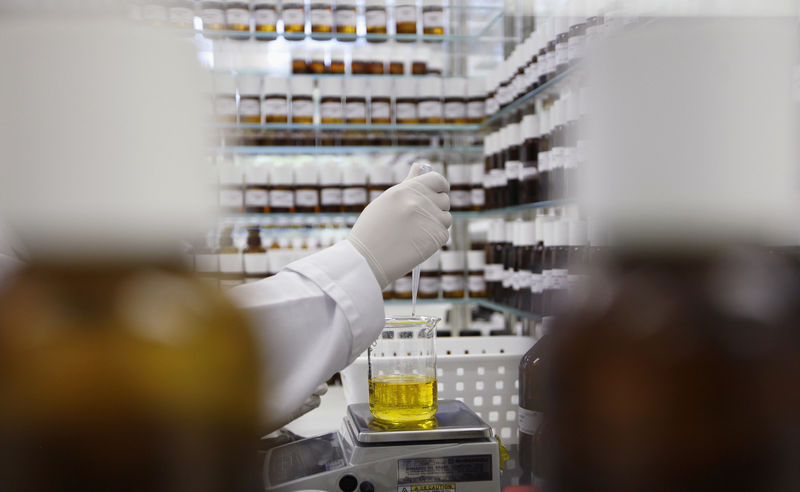China chip stocks rally on self-reliance bets, Nvidia scrutiny
Investing.com -- Argenx (NASDAQ:ARGX) posted $949 million in global product net sales for the second quarter, marking a 97% surge year-over-year and 19% sequentially. The company’s shares soared more than 11% in premarket trading Thursday.
According to Wolfe Research, the figure was well ahead of market assumptions, with some citing a "$900M bar," while others placed the benchmark closer to $860 million, in line with the sell-side.
The company attributed the strong performance to "’PFS driving demand from new patients and prescribers’," emphasizing that little switching is occurring.
"If true, this would alter the bearish narrative of a pricing step-down (and instead, we should be focusing on a volume step-up)," Wolfe analysts said. "More importantly, this
should open up a new prescriber segment, those that cannot buy-and-bill expensive meds."
Total (EPA:TTEF) operating income for the quarter rose to $967 million, nearly doubling from $489 million a year earlier, driven primarily by product net sales of VYVGART and VYVGART SC.
First-half operating income reached $1.78 billion, up from $902 million in the same period last year.
Total operating expenses increased to $766 million in the second quarter, up from $535 million in Q2 2024. This included $328 million in R&D costs, reflecting continued expansion of the efgartigimod pipeline and investments in ARGX-119 and other candidates.
SG&A expenses climbed to $325 million, tied to commercialization efforts, while cost of sales more than doubled to $111 million.
Argenx said in the release that ARGX-119 will move into a registrational study for chronic multifocal sensorimotor neuropathy (CMS) following positive proof-of-concept data. The company also said that three additional topline readouts from its pipeline are on track for the second half of 2025.
As part of its Vision 2030 strategy, the company said it aims to treat 50,000 patients worldwide with its therapies, achieve 10 labeled indications across its approved medicines, and advance five pipeline candidates into Phase 3 development by the end of the decade.
